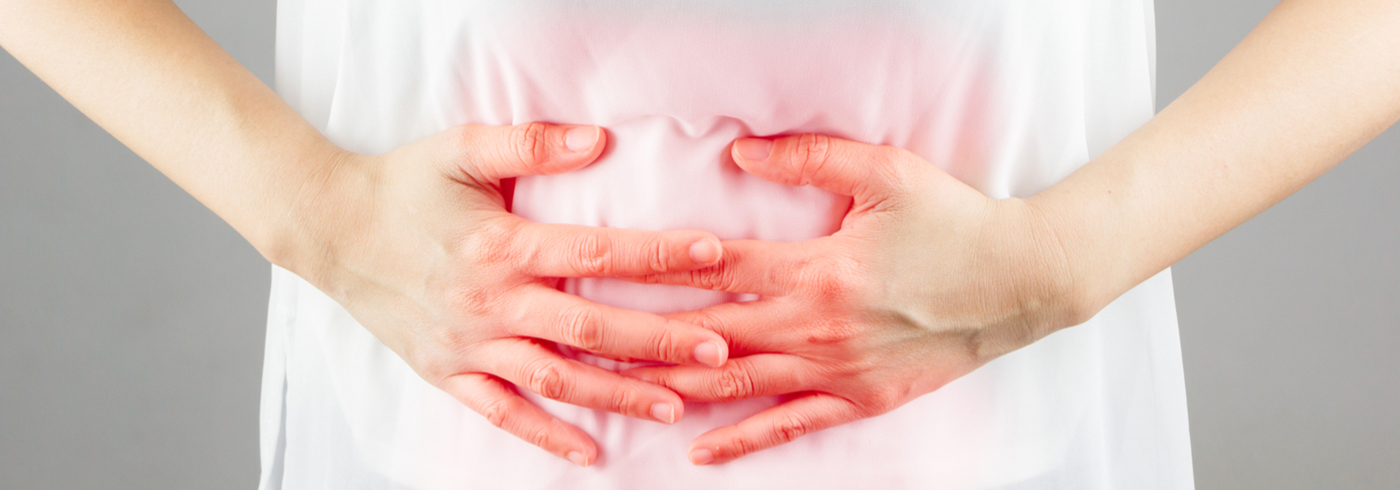
Food Poisoning
Bacteria, parasites or viruses (germs) cause food poisoning. It can also be called foodborne illness. You get sick by eating contaminated food or drinking contaminated water. You can also get sick by touching a person, animal or surface that has those germs.
People most likely to get sick include:
- Very young children
- Pregnant women
- Older adults
- People with weakened immune systems
Symptoms can include:
- Stomach pain
- Vomiting
- Nausea
- Runny stool
- Fever
- Dehydration
- Headache
Each germ causes symptoms to begin at different times. Symptoms can start from one hour to several days or weeks after infection. You can feel sick for several days or weeks.
Report foodborne illness to the Health Department
Common illnesses
| Amebiasis |
|
A parasite called Entamoeba histolytica causes amebiasis. Symptoms can start within a few days to years. It usually takes two to four weeks to show symptoms. Symptoms include:
You can get by:
For more information, see our fact sheet on Amebiasis. |
| Campylobacter enteritis |
|
The Campylobacter bacteria causes Campylobacter Enteritis. Symptoms can start within one to 10 days. It usually takes two to five days to show symptoms. Symptoms can include:
You can get it by:
For more information, see our fact sheet on Campylobacter Enteritis. |
| Cryptosporidiosis |
|
Cryptosporidiosis is caused by a parasite called Cryptosporidium. Symptoms can start within two to 14 days. It usually takes 7 days to show symptoms. Symptoms can include:
The parasite is found in the stool of many animals. Rain washes it into lakes, rivers and streams. You can get it by:
For more information, see our fact sheet on Cryptosporidiosis. |
| E. Coli |
|
E. coli (Escherichia coli) is caused by a bacteria. E. coli O157:H7 is a specific strain of these bacteria, and can cause serious gastrointestinal illness. Common foods that have it include:
Symptoms can start within two to 10 days. It usually takes three to four days to show symptoms. Symptoms can include:
You can get it by:
Symptoms are often so severe that you have to go to the hospital. Older adults and children are more vulnerable. For more information, see our fact sheet on E. coli. |
|
Giardiasis |
|
Giardiasis is caused by parasites called Giardia lamblia. Children get it more than adults. Symptoms can start within three to 25 days. It usually takes seven to 10 days to show symptoms. Symptoms can include:
You can get it from:
For more information, see our fact sheet on Giardiasis. |
|
Hepatitis A |
|
Hepatitis A virus (HAV) causes a liver infection. Symptoms can start within 15 to 50 days. It usually takes 28 to 30 days to show symptoms. It usually lasts one to two weeks. Symptoms can include:
You can get it by:
For more information, see our fact sheet on Hepatitis A and its vaccine. |
|
Listeriosis |
|
Bacteria called Listeria monocytogenes cause listeriosis. The most vulnerable people are:
Healthy people may not have symptoms. Symptoms can start within three to 70 days. It usually takes three weeks to show symptoms. Symptoms can include:
You can get it by:Eating contaminated food Common foods that have it are:
For more information, see our fact sheet on Listeriosis. |
| Noroviruses |
|
Noroviruses are a group of viruses. Symptoms can last one to two days. You can still spread the virus for three days after you feel better. Symptoms can include:
It is in the stool and vomit of people sick with the virus. You can get it by:
For more information, see our fact sheet on Noroviruses. |
|
Salmonellosis |
|
Salmonellosis is caused by Salmonella bacteria. Symptoms can start within six to 72 hours. It usually takes 12 to 36 hours to show symptoms. Symptoms can include:
You can find it in poultry, farm animals, reptiles and pets. You can get sick by:
For more information, see our fact sheet on Salmonellosis. |
|
Shigellosis |
|
Shigellosis is caused by Shigella bacteria. Symptoms can start within 12 to 96 hours. It usually takes one to three days to show symptoms. Symptoms can include:
Often it is so bad, that you have to go to the hospital. Older adults and children are more vulnerable. You can get it by:
For more information, see our fact sheet on Shigellosis. |
|
Yersiniosis |
|
Yersinia bacteria cause yersiniosis. Symptoms can start within 10 days. It usually takes three to seven days to show symptoms. Symptoms can include:
You can get it by:
For more information, see our fact sheet on Yersiniosis. |
Contact Us




